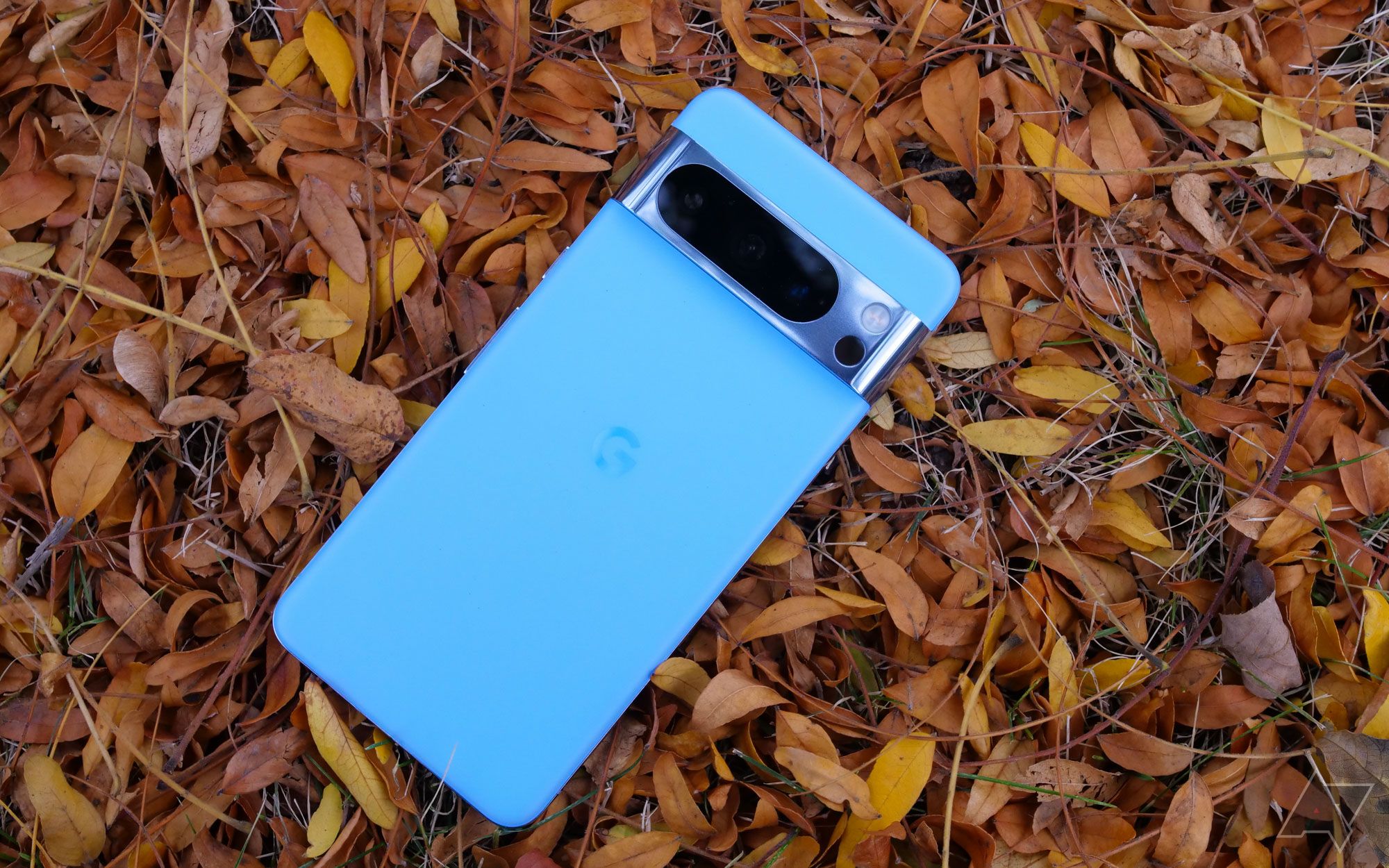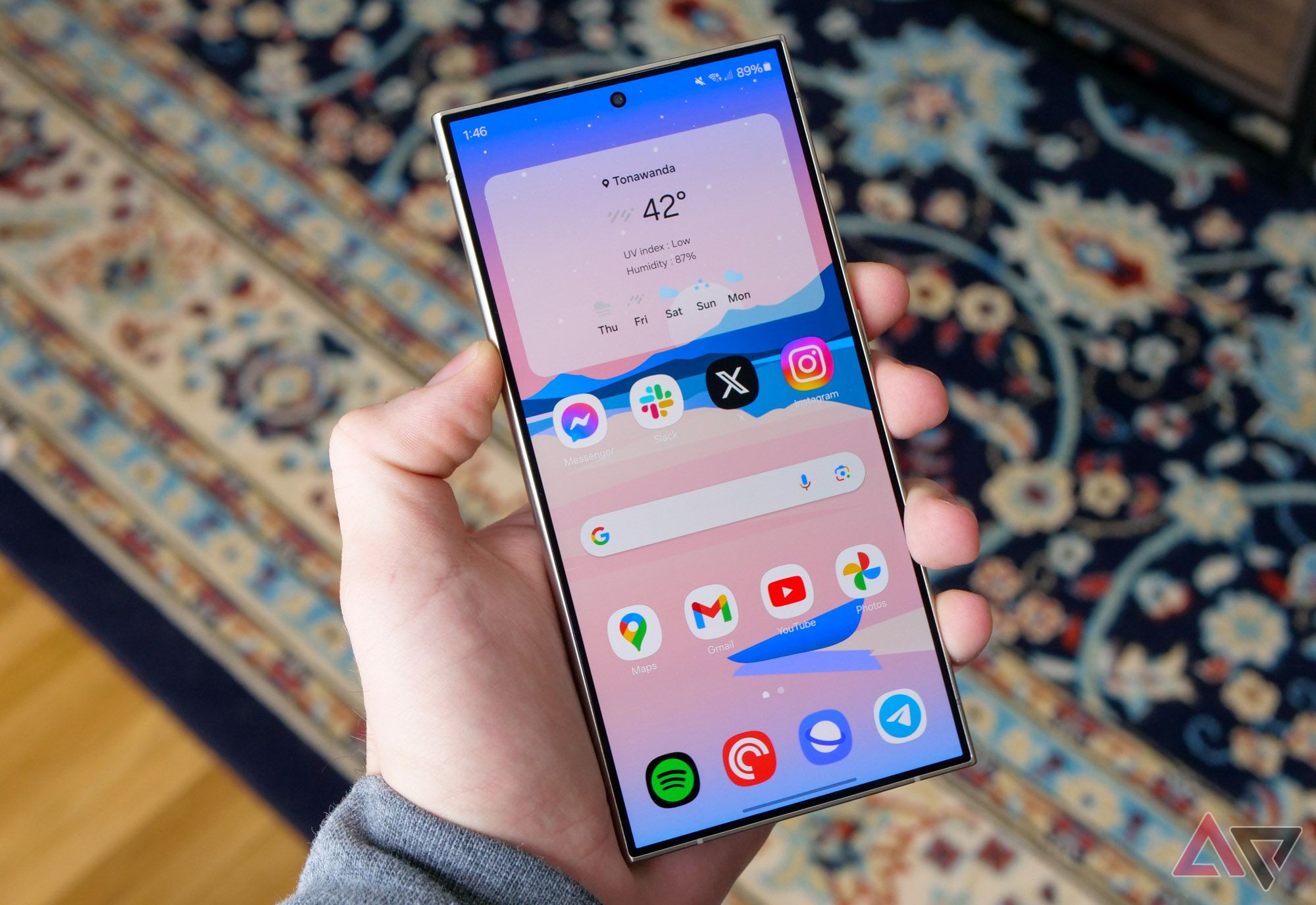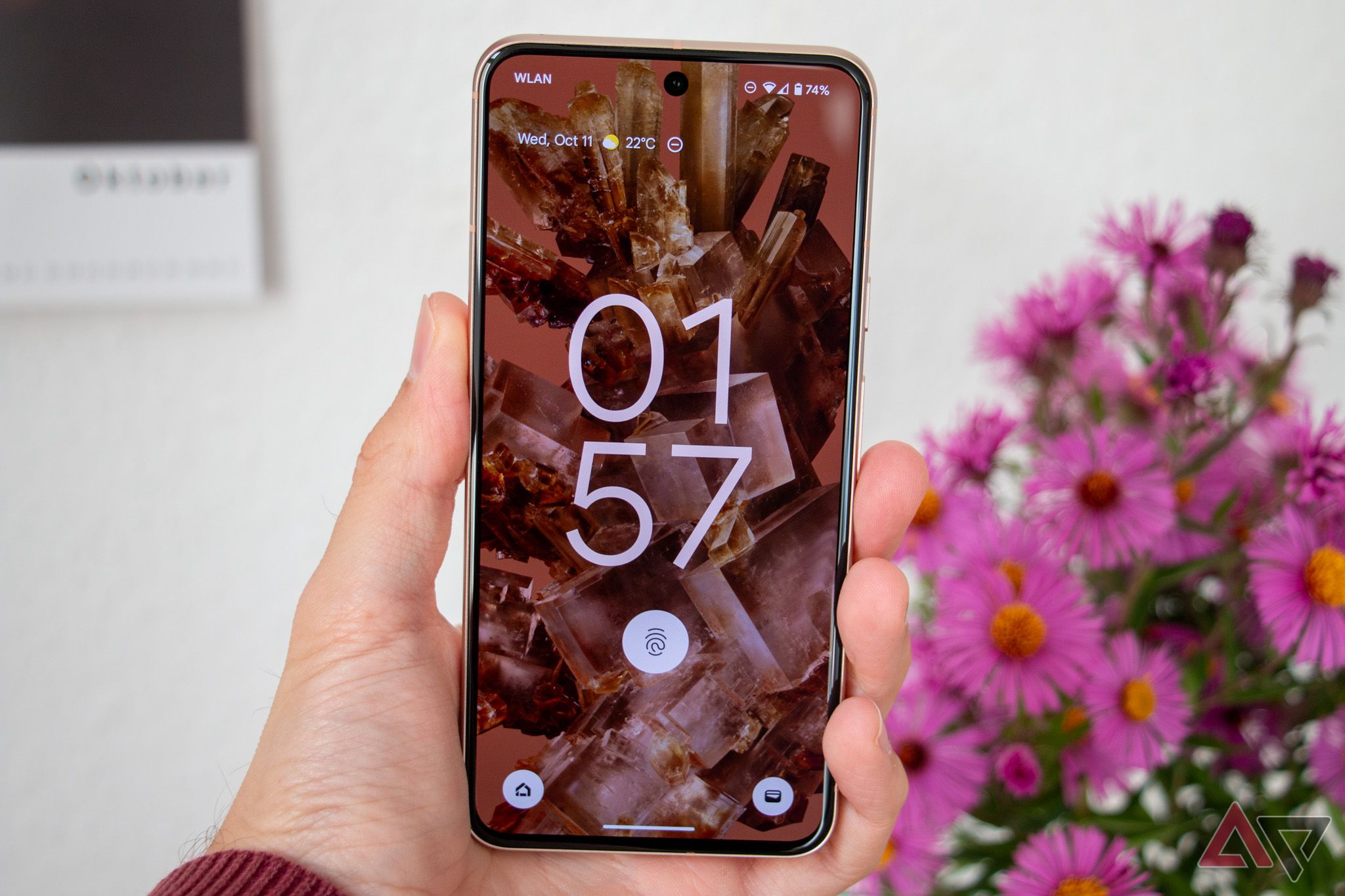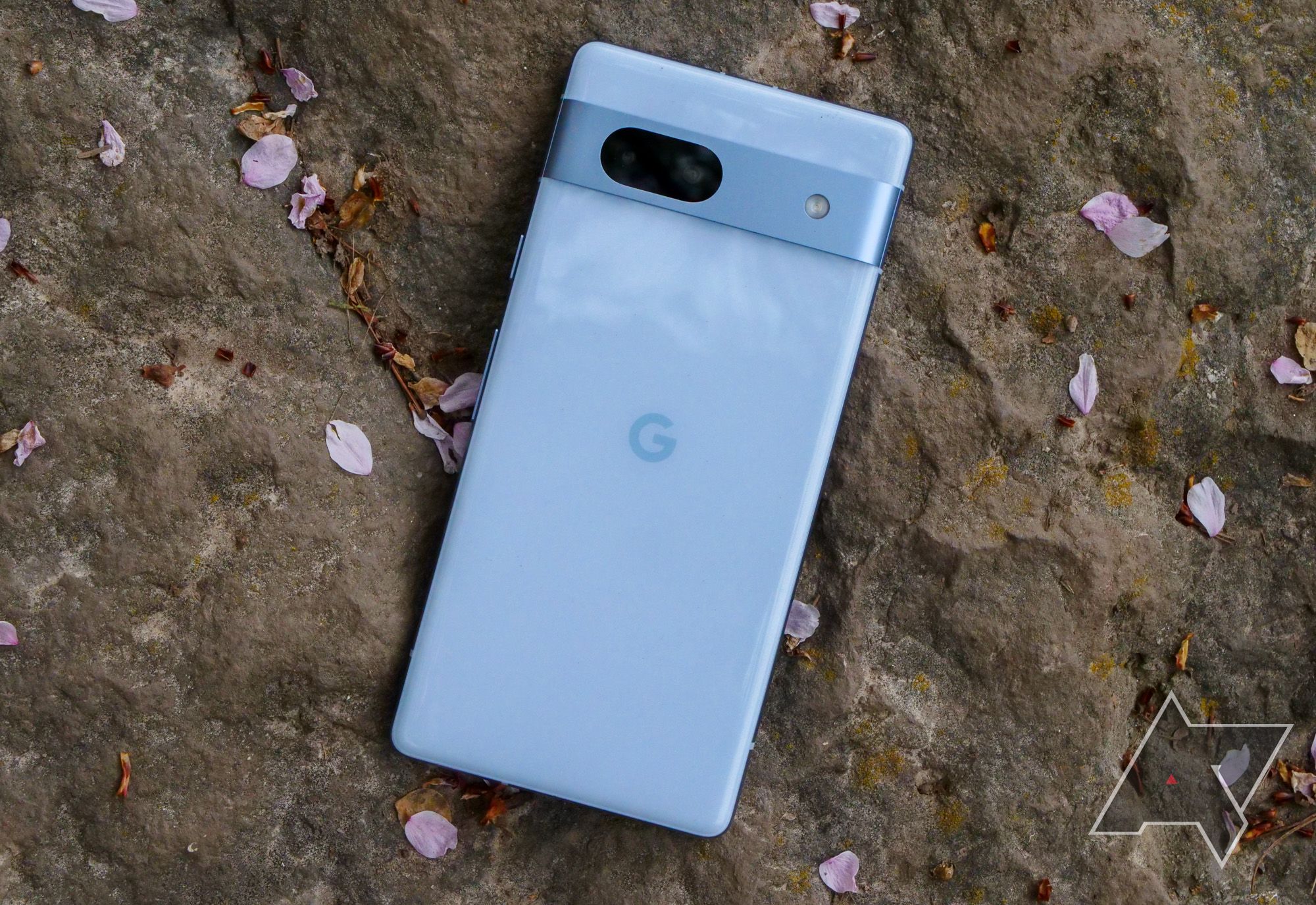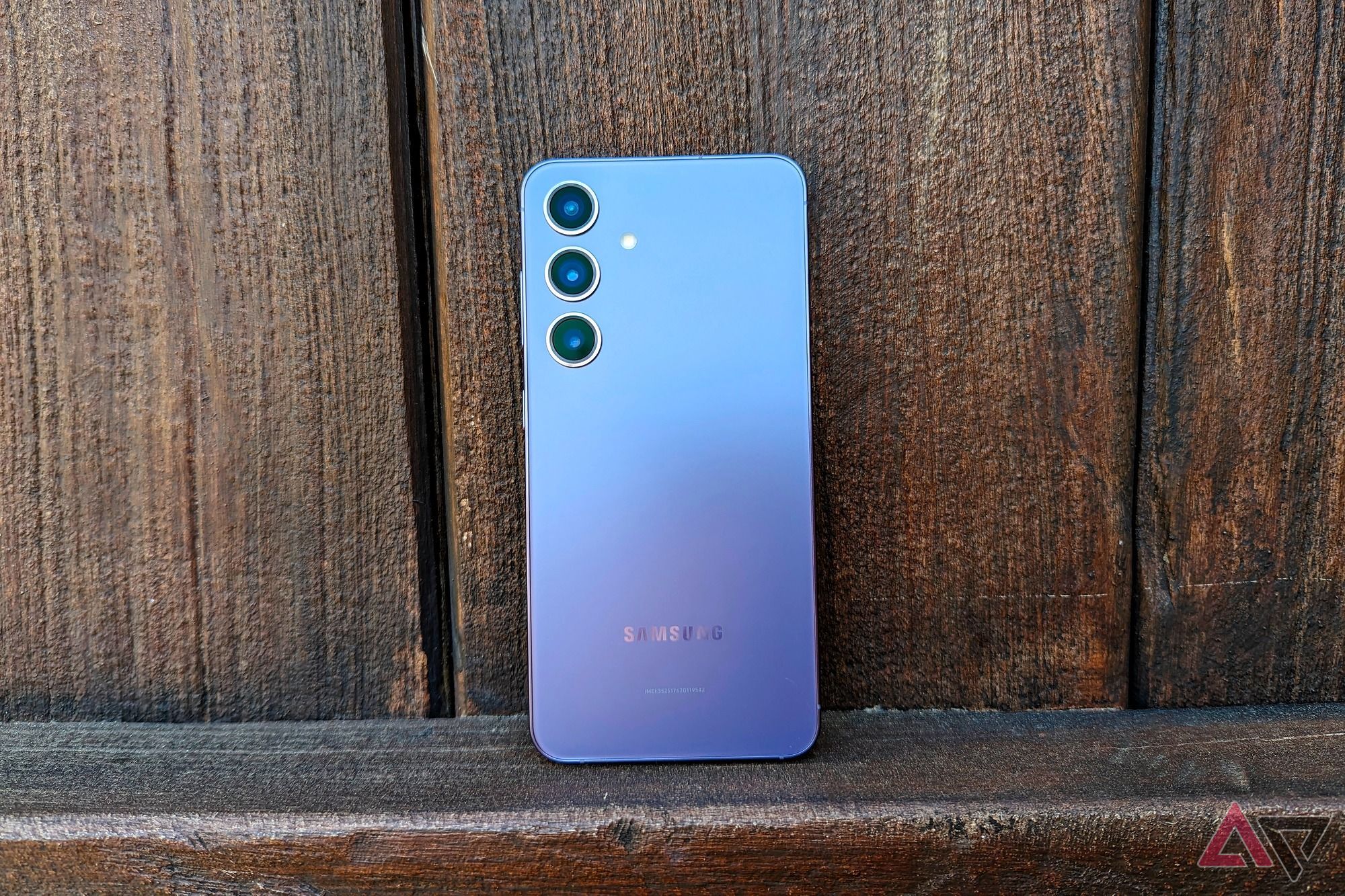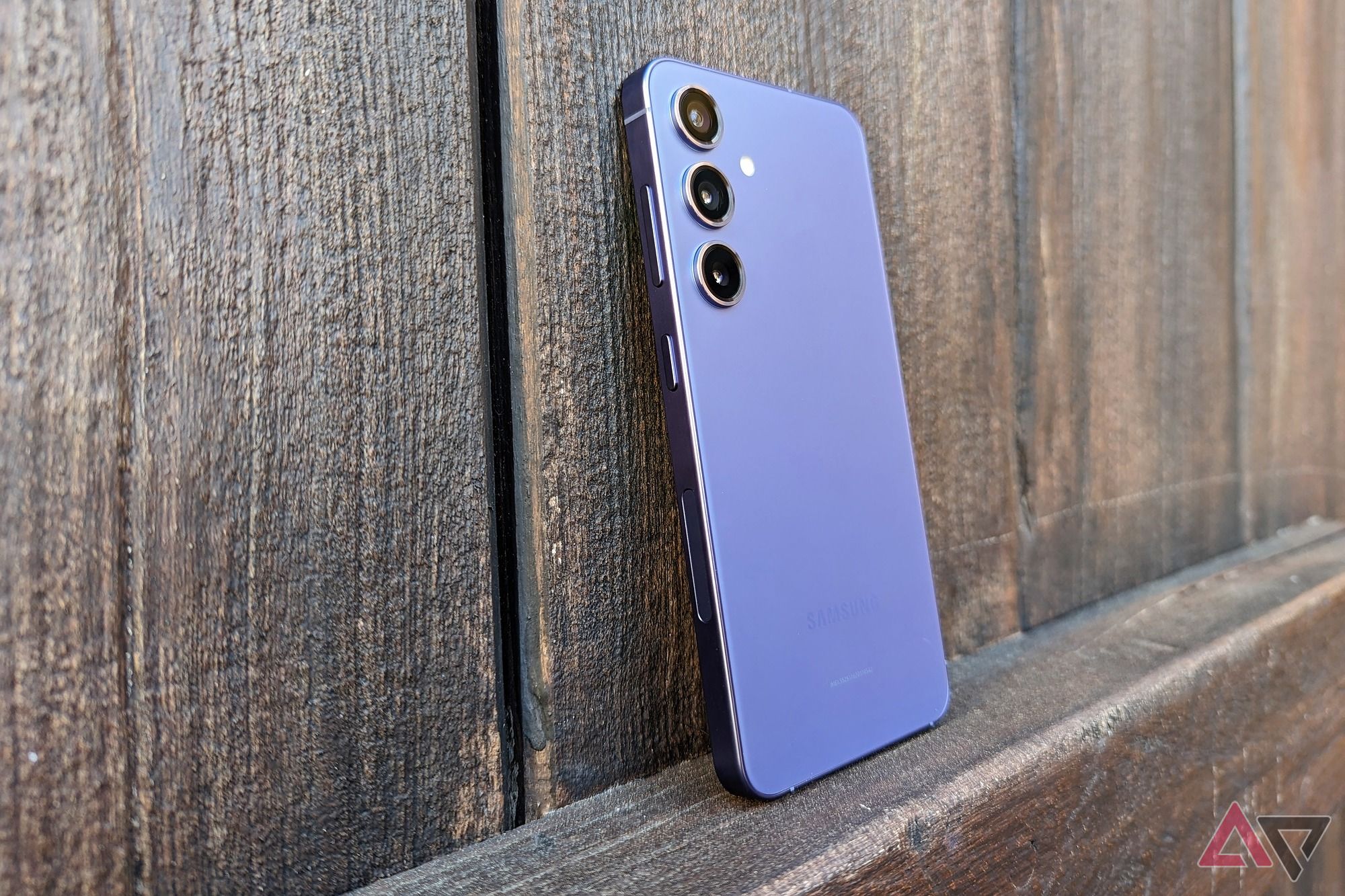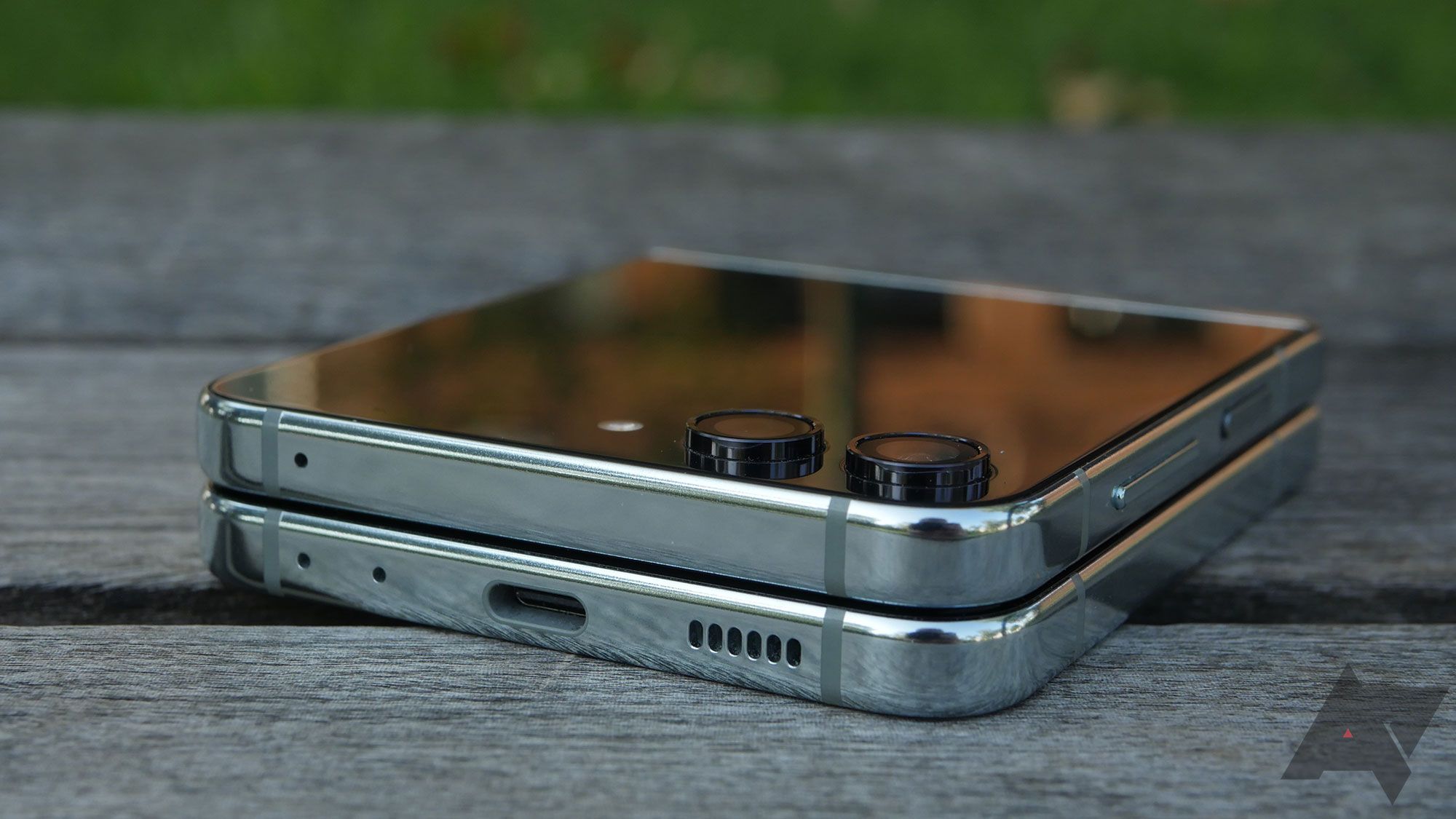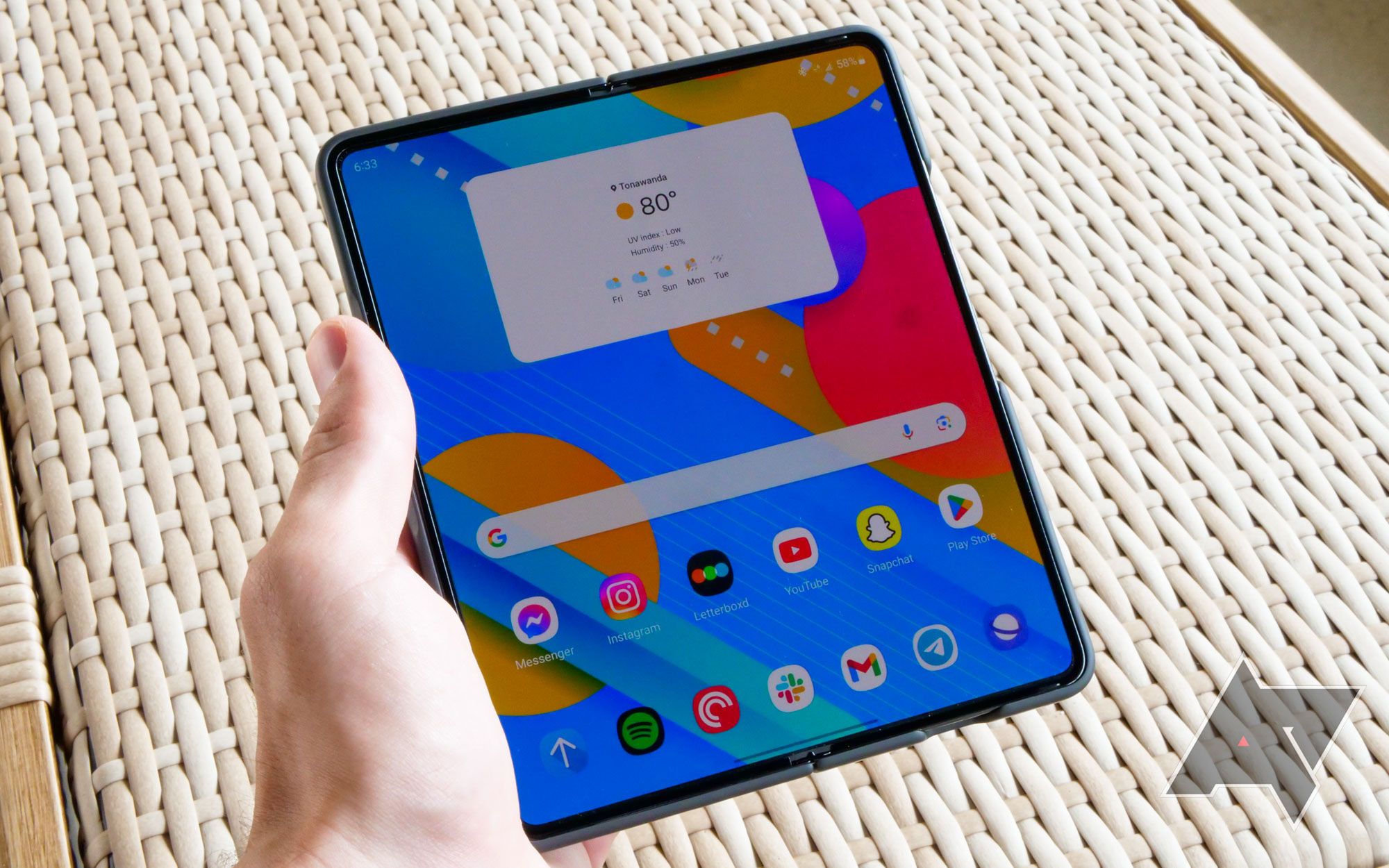Are you fed up with having to rip a SIM card out of your phone whenever it’s time to switch carriers – or devices? Fortunately, more and more mobile device manufacturers are hopping on the eSIM-ready bandwagon.
This means that instead of having to deal with a physical card, jumping from AT&T to Verizon can be as simple as downloading an app and enabling a few permissions. And while eSIM-compatible phones are slowly trickling into the US, some of the greatest Android phones are already rocking this convenient new tech.
Ditch the SIM card with these great eSIM-compatible phones
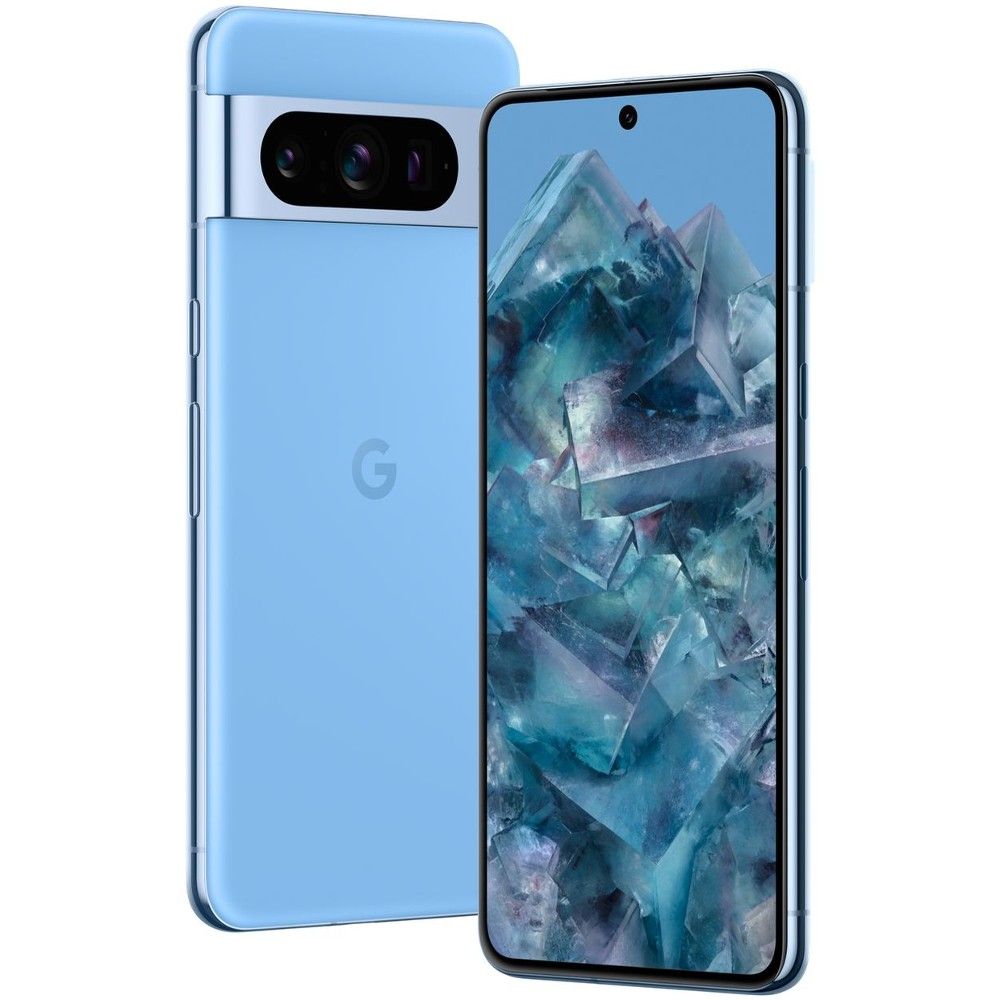
Google Pixel 8 Pro
eSIM the Google way
The Google Pixel 8 Pro, is a great all-around device that was built to please just about everyone. Solid performance, good battery life, great cameras, and a top-tier display are all hallmark traits of the Pixel 8 Pro.
- Great camera
- Good overall performance
- Seven years of software support
- Can get hot when pushed
- Design is getting a bit tired
Google’s Pixel series has supported the eSim technology for some time now, so it should be no surprise to find its latest flagship on this list. The Pixel 8 Pro is a solid all-around device that does so much right. Without any major shortcomings, it’s easy to see why so many people love it.
The Pixel 8 Pro features a highly regarded triple camera setup that is ready to snap all of life’s most precious moments. With a 50MP f/1.7 mains camera, a 48MP f/2.8 telephoto camera with 5x optical zoom, and a 48MP f/2.0 ultrawide camera, the Pixel 8 Pro has the versatility to capture some great shots.
What’s a fantastic camera if the display isn’t up to showing them off? Luckily, the Pixel 8 Pro’s 6.7-inch 2992 x 1344 display is more than up to the task. This LTPO OLED panel features a 120Hz refresh rate, HDR10+ support, and a peak brightness of 2400 nits making it one of the best displays currently on the market.
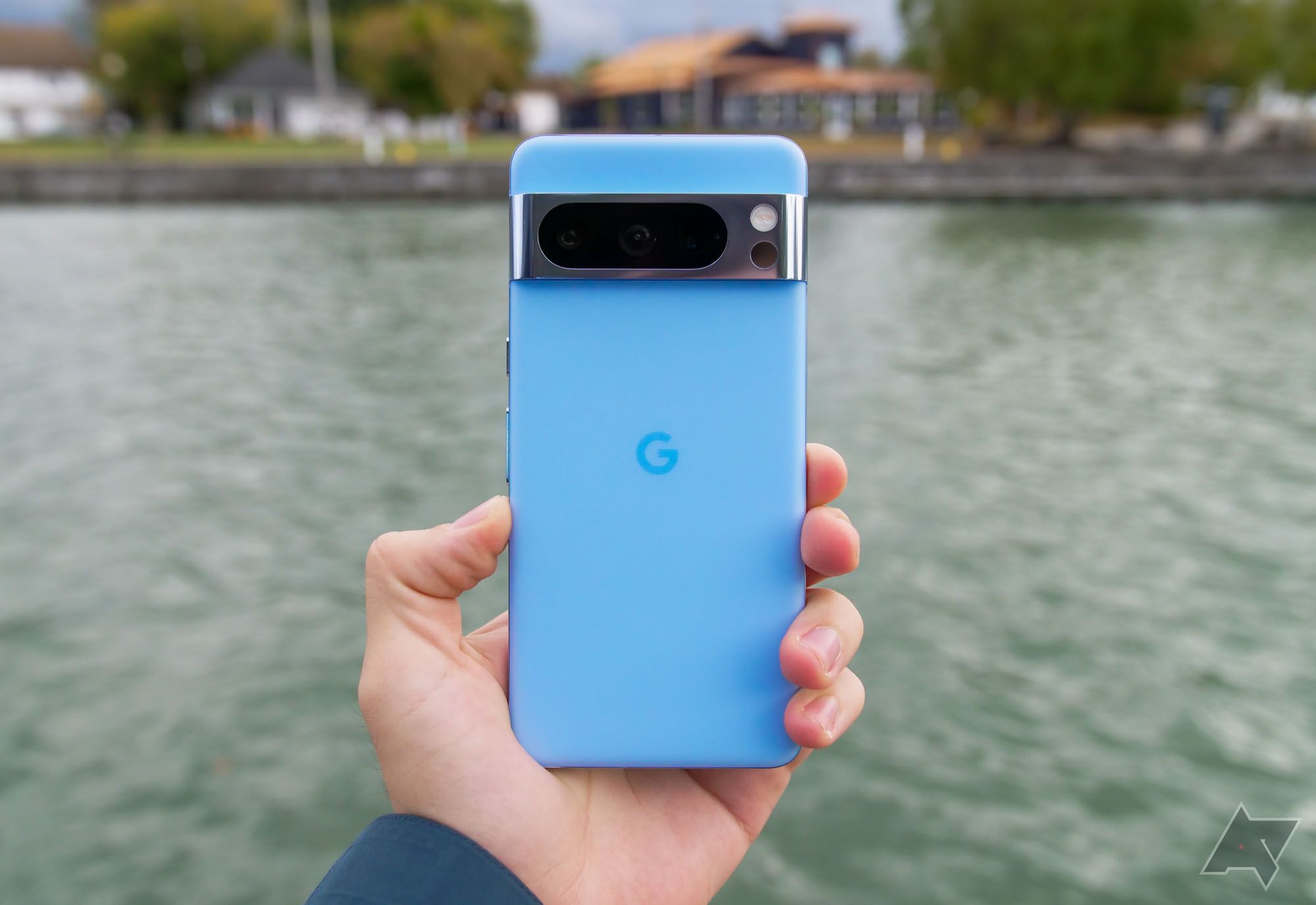
Google Pixel 8 Pro review: Living up to its name
If you want to see the future of Google, the Pixel 8 Pro is the phone to buy
Google went with its custom Tensor G3 processor and 12GB of RAM for a snappy day-to-day experience. It’s not the most powerful processor on the market, but it has no trouble playing the latest games, although it does tend to run a bit hot. Battery life is also not a concern. Its 5,050mAh battery should get you through a full day, even with heavy usage.
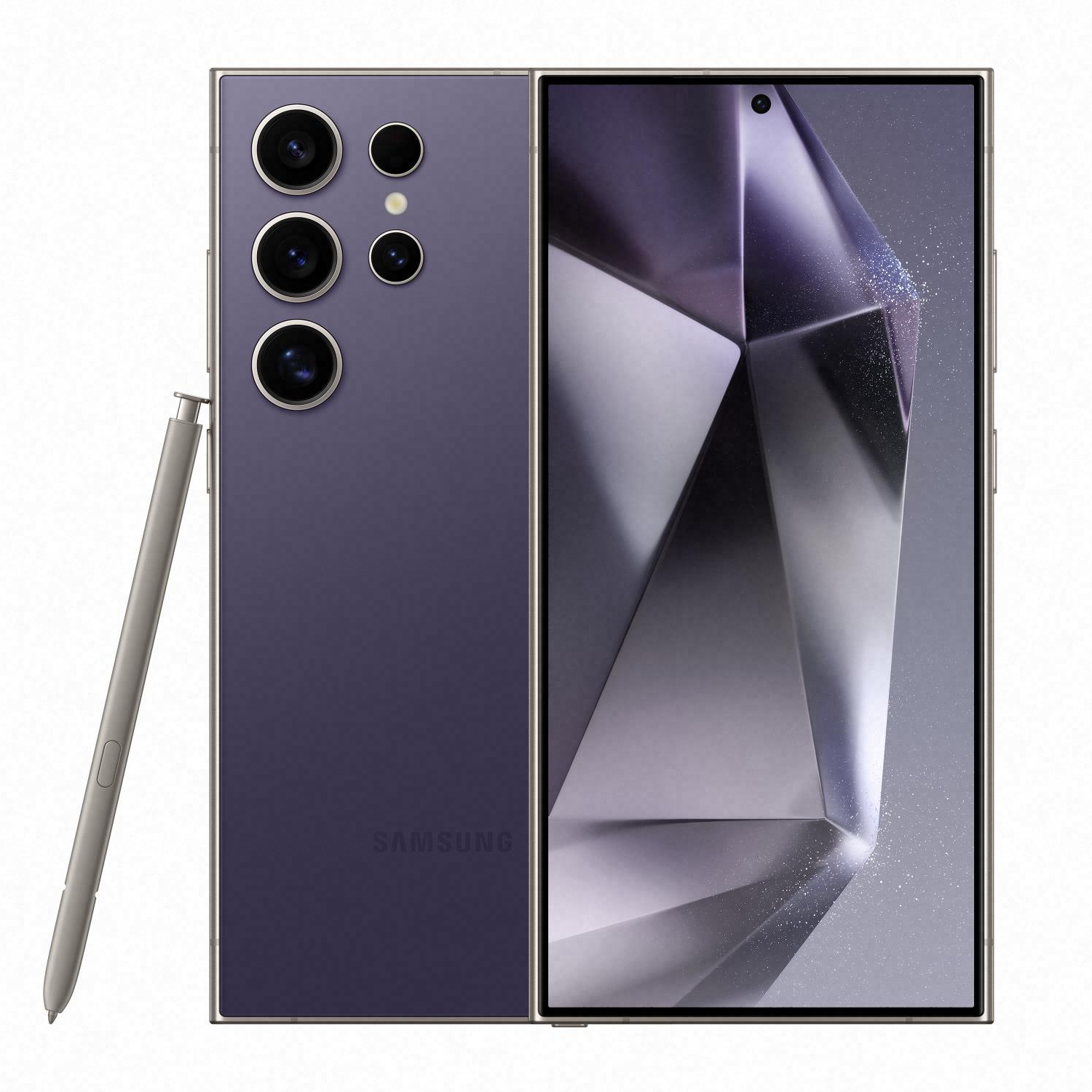
Samsung Galaxy S24 Ultra
Big and powerful eSIM phone
The Samsung Galaxy S24 Ultra looks and feels like a Galaxy S23 Ultra with one big change. Samsung finally ditched the curved edges on the Ultra lineup and went with a flat display. While the S24 Ultra is an iterative step over its predecessor, it does enough to keep itself near the top of the pack.
- Massive and beautiful display
- Tons of power
- No more curved edges
- Quite expensive
- Cameras struggle with motion
With the Galaxy S24 Ultra, we finally see Samsung ditch the curved display. Instead, we get a large AMOLED 6.8-inch, 3121 x 1440 flat display that is just a joy to use. With dynamic LTPO technology, this 120Hz panel is fast and fluid. It also reaches a peak brightness of 2600 nits, allowing you to use it in the brightness of conditions.
Samsung also equipped the S24 Ultra with a powerful Snapdragon 8 Gen 3 processor, 12GB of RAM, and plenty of storage. This allows the S24 Ultra to play the most demanding games or perform more serious tasks with ease. Battery life is also fantastic thanks to its 5,000mAh battery. The Galaxy S24 Ultra should last a couple of days before a charge is needed.
Samsung equipped the S24 Ultra with a quad camera setup. You get a 200MP f/1.7 main camera, a 10MP f/2.4 telephoto camera with 3x optical zoom, a 50MP f/3.4 periscope telephoto camera with 5x optical zoom, and a 12MP f/2.2 ultrawide camera. The S24 Ultra is capable of capturing beautiful images, especially if the scene has little motion. Like most Galaxy devices, it struggles with motion, making it a poor choice for getting pictures of your kids or pets.
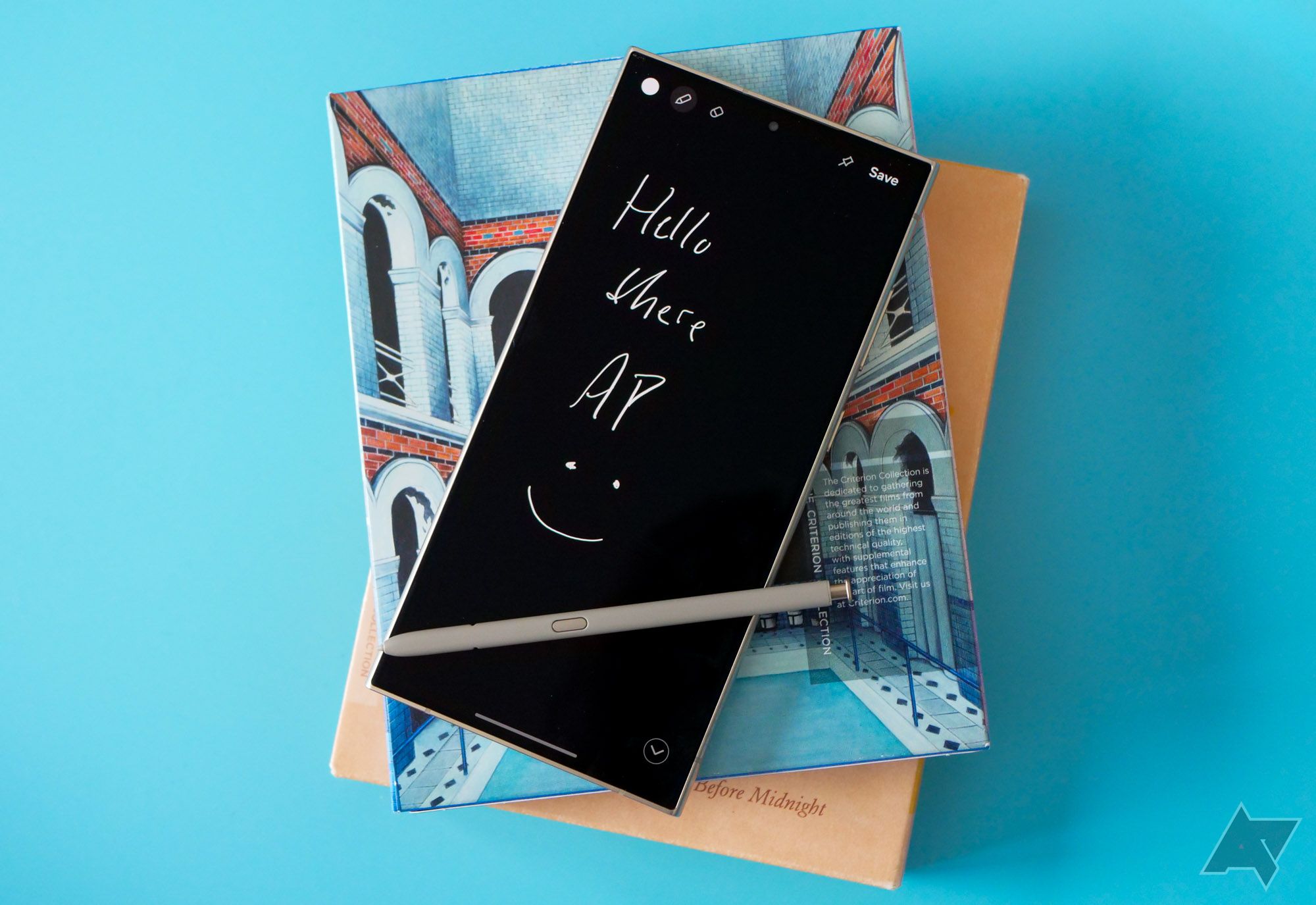
Samsung Galaxy S24 Ultra review: Still the best, unless you take photos
Without any meaningful changes, Samsung’s latest phablet feels like a do-over for last year’s smartphone
Like so many companies, Samsung has embraced AI this year. The Galaxy S24 Ultra will now let you perform such actions as Circle to Search, live translation, chat assist, and note assist. All these performance and AI upgrades come at a cost. The Samsung Galaxy S24 Ultra sells for a whopping $1,300.
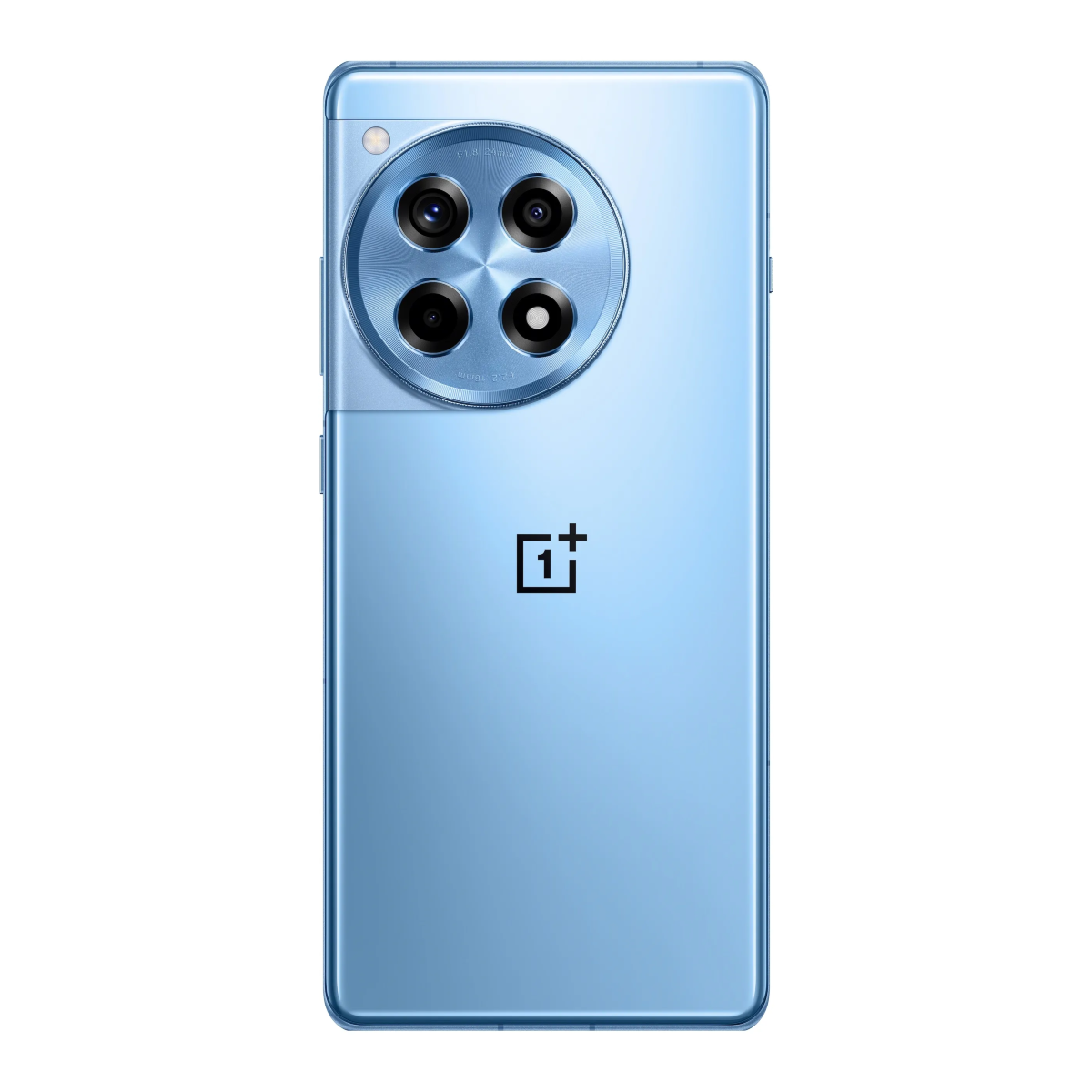
OnePlus 12R
Flagship performance at a discount
The OnePlus 12R isn’t the cheapest device on this list, but it is one of the lowest-priced options that are eSim compatible. While the Pixel 7a is cheaper, the OnePlus 12R is arguably the better buy thanks to some great hardware choices.
- Excellent performance
- Great display
- Multi-day battery life
- Camera quality isn’t great
- Three years of OS upgrades
- Only IP64-rated
If you need a device around the $500 mark, the OnePlus 12R is an amazing option. The Pixel 7a is a cheaper option, but OnePlus’s offering has much better performance and a better display. As long as getting great pictures isn’t your top priority, the OnePlus 12R is the better device.
What does $500 get you nowadays? If it’s being sold by OnePlus, it turns out to be a lot. The OnePlus 12R ships with a Snapdragon 8 Gen 2 processor and 8GB of RAM for some serious performance. It may not be the latest Snapdragon 8 Gen 3 processor, but it’s more than enough to play the latest games or get some serious tasks done.
Battery life is also fantastic thanks to its 5,500mAh battery. You can expect multiple days between charges and can go from 1-100% in as little as 26 minutes. OnePlus also outfitted the 12R with a 6.78-inch AMOLED display with a 2780 x 1264 resolution. This LTPO4 display has a 120Hz refresh rate and 4500 nits of peak brightness.
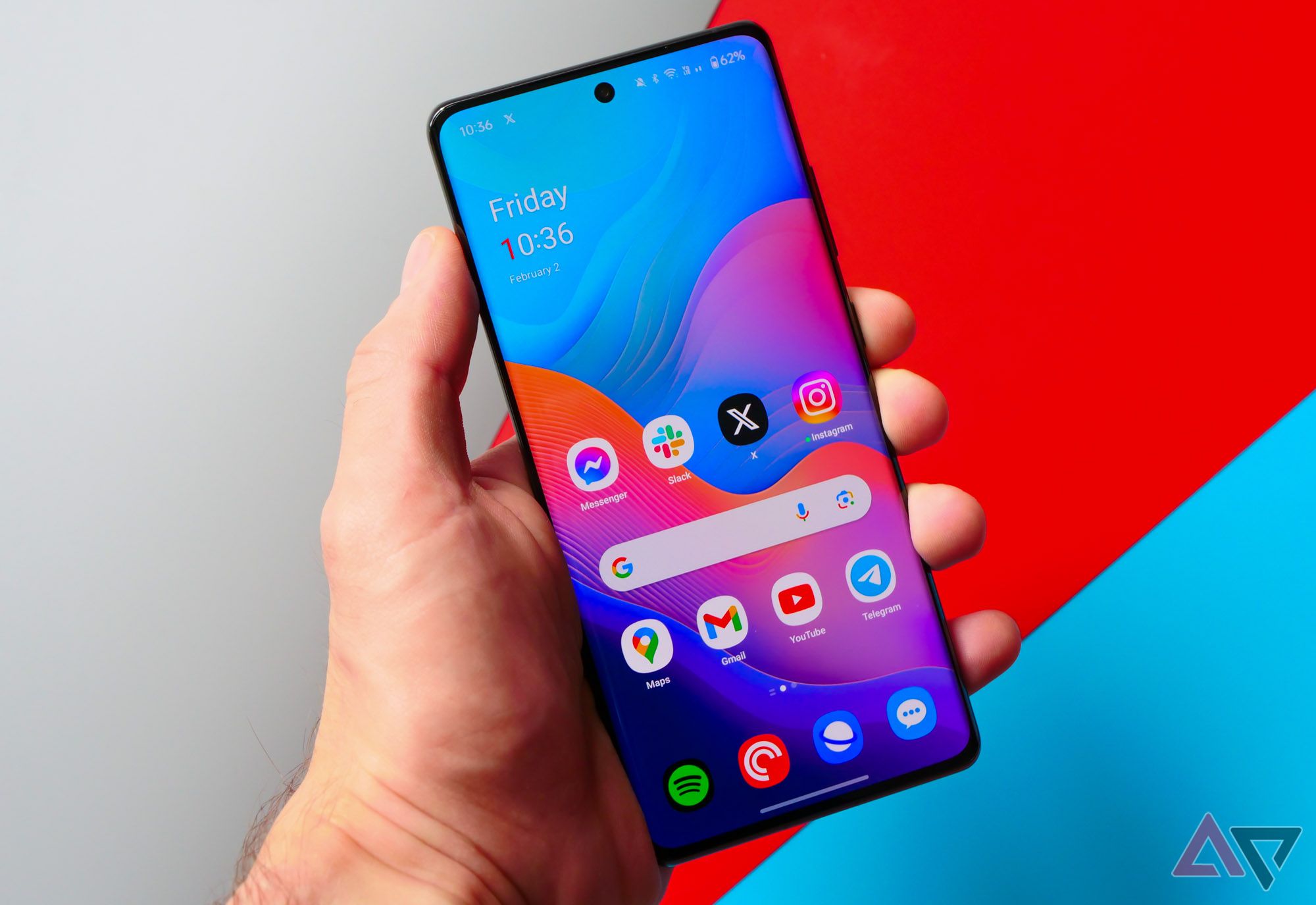
OnePlus 12R review: A real flagship killer for $500
A phone that packs all the power you need for the price you want to pay
Something had to give to be able to sell the 12R at this ridiculously low price. As a result, the camera system on the 12R is a bit lackluster. It comes with a 50MP f/1.8 primary lens, an 8MP f/2.2 ultrawide lens, and a 2MP f/2.4 macro lens. The primary camera can get some decent shots under the right conditions, but it isn’t as reliable as the Pixel 7a. As the lighting dims, shots are going to become more grainy and unusable.
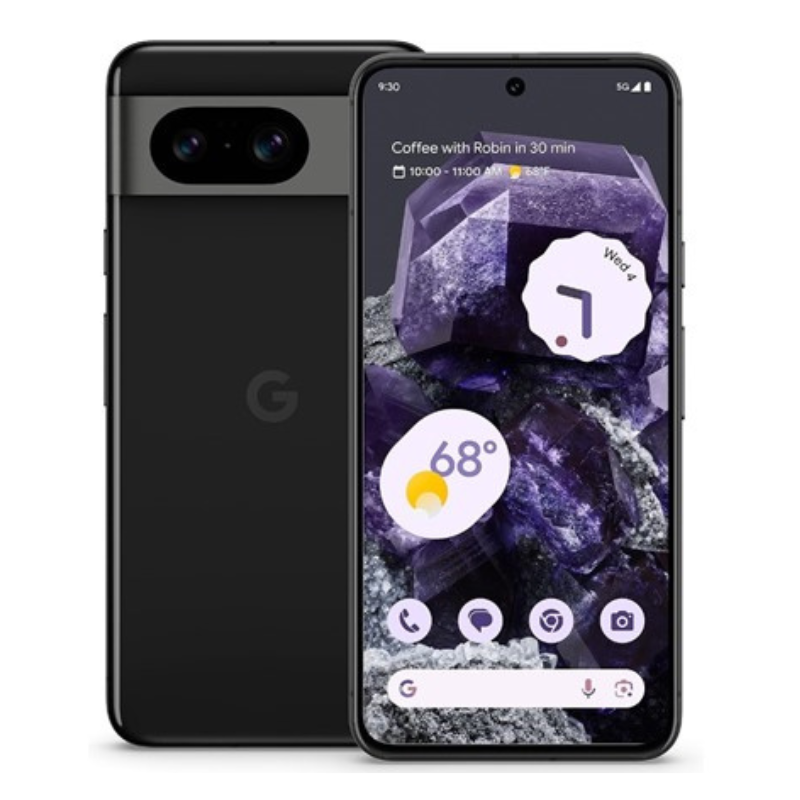
Google Pixel 8
eSIM with incredible value
ESim devices indeed tend to be flagship products, but that doesn’t mean they all have to cost a thousand dollars. The Google Pixel 8 is like a baby Pixel 8 Pro. It has a solid camera setup, similar performance, and a great display. For some reason, Google has restricted certain features, keeping them exclusively to the Pixel 8 Pro series.
- Bright, beautiful display
- Great camera performance
- Awesome battery life
- Artificially limited software capabilities
- Bezels aren’t uniform
- No telephoto lens
You’ll find that most phones that have eSim capabilities are going to run you $1000 or more. There are a few devices on the market that keep the cost down and still offer eSim. The Google Pixel 8 is the best of these lower-cost, eSim-compatible devices. For most purposes, the Pixel 8 is a smaller Pixel 8 Pro with a few additional limitations.
At 150.5 x 70.8 x 8.9mm and weighing 187g, the Pixel 8 is one of the smaller devices on this list. It still manages to cram a 6.2-inch OLED display into that compact frame. Google lowered the specs a bit compared to its bigger brother. Equipping the Pixel 8 with a 2400 x 1080 resolution, 120Hz refresh rate, and 2000 nits of peak brightness. Thanks to the smaller size, you likely won’t notice a difference, and it’s still a beautiful display in its own right.
It uses the same Tensor G3 processor as the Pixel 8 Pro, but Google reduced the RAM to 8GB. It will handle all of your daily tasks with ease, but the lower RAM may cause apps to refresh a little more often. Its 4,575mAh battery easily provides over a day of usage.
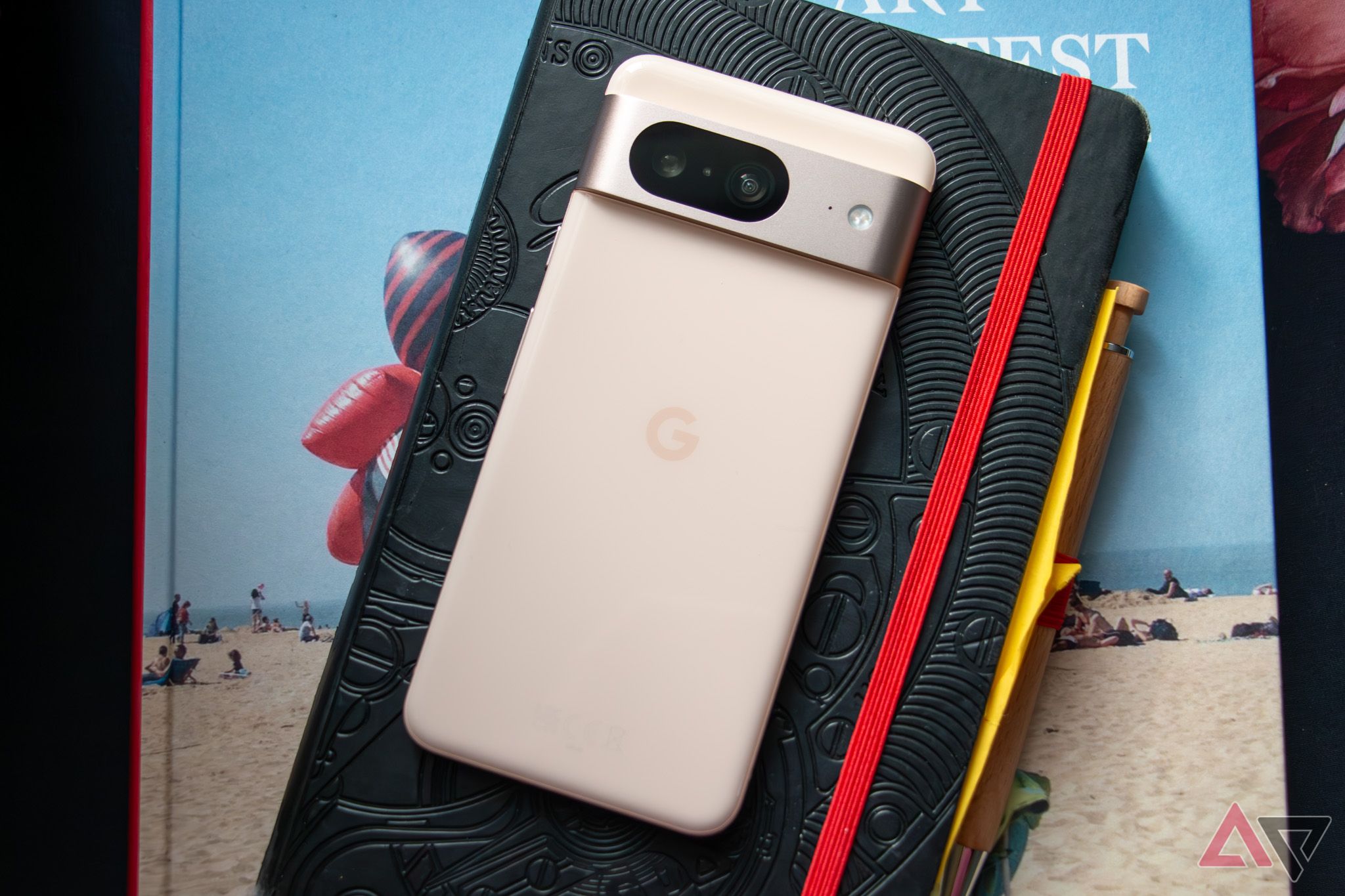
Google Pixel 8 review: The Pixel for the masses
The Pixel 8 doesn’t need every feature the 8 Pro offers, it’s packing more than enough
The smaller Pixel 8 features a slightly downgraded camera compared to its Pro sibling. Its dual camera setup consists of a 50MP f/1.7 primary camera and a 12MP f/2.2 ultrawide camera. It loses the telephoto lens and the better ultrawide cameras of the Pixel 8 Pro. At least the main camera is the same. Overall, it’s a great camera system, just a slight step down from Google’s true flagship product.
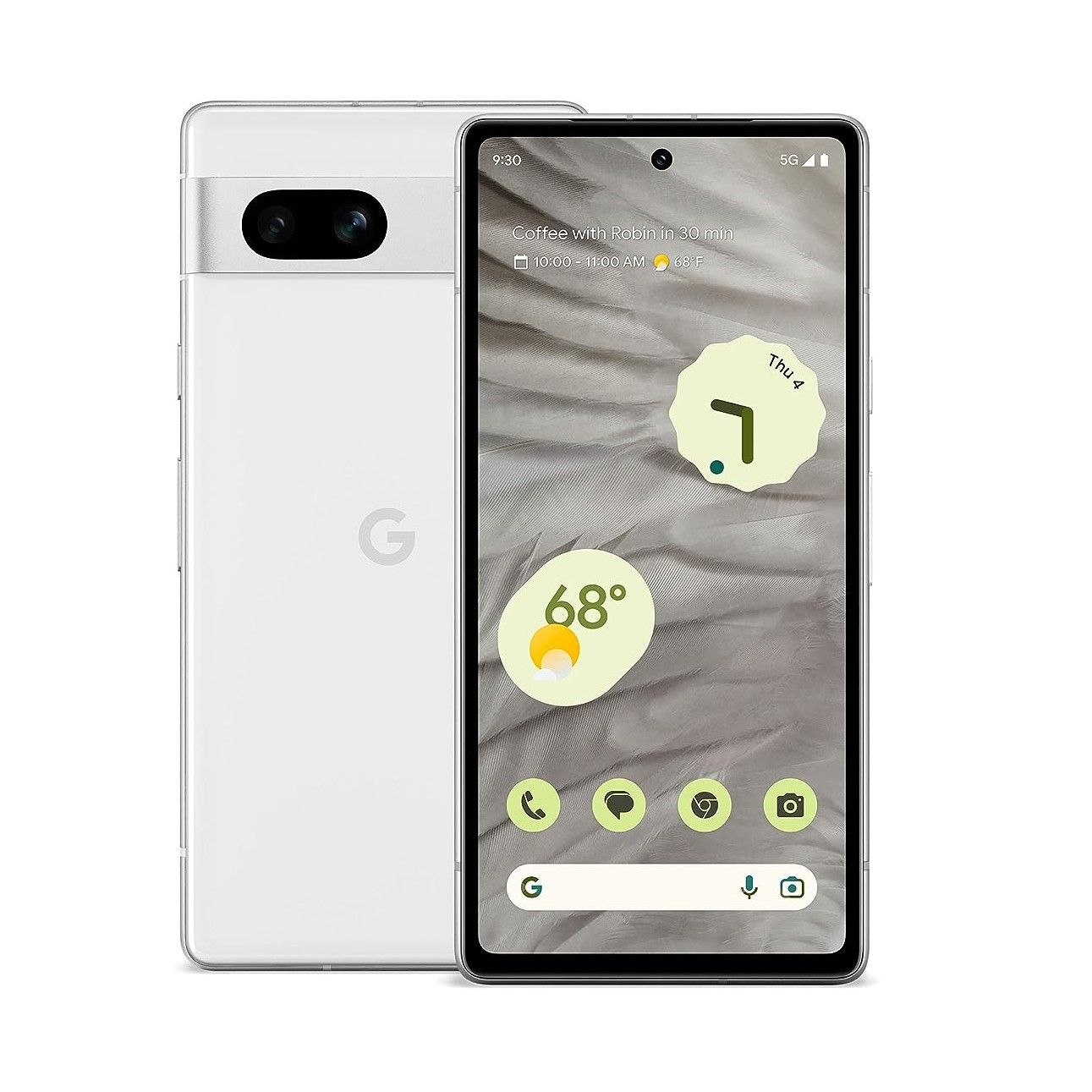
Google Pixel 7a
The best value camera
It’s not too far off from the price and performance of the Google Pixel 7, but the Pixel 7a’s adaptive 90Hz refresh rate and powerful Tensor T2 chip will help keep a few extra dollars in your pocket.
- Stellar user interface
- Wireless charging
- Comes with three major OS upgrades
- Not the best battery life
- Spec-wise, it’s a bit too close to the Pixel 7
While the Google Pixel 7a is really just a stone’s throw away from the price of the standard Google Pixel 7, those looking to save a few bucks on their smartphone purchase will be pleased to save a little dough while still getting an awesome device. Powered by Google’s Tensor G2 chip, Android 13 runs nice and smooth on this bad boy, and the fact that we’re working with an adaptive 90Hz refresh rate is definitely appreciated.
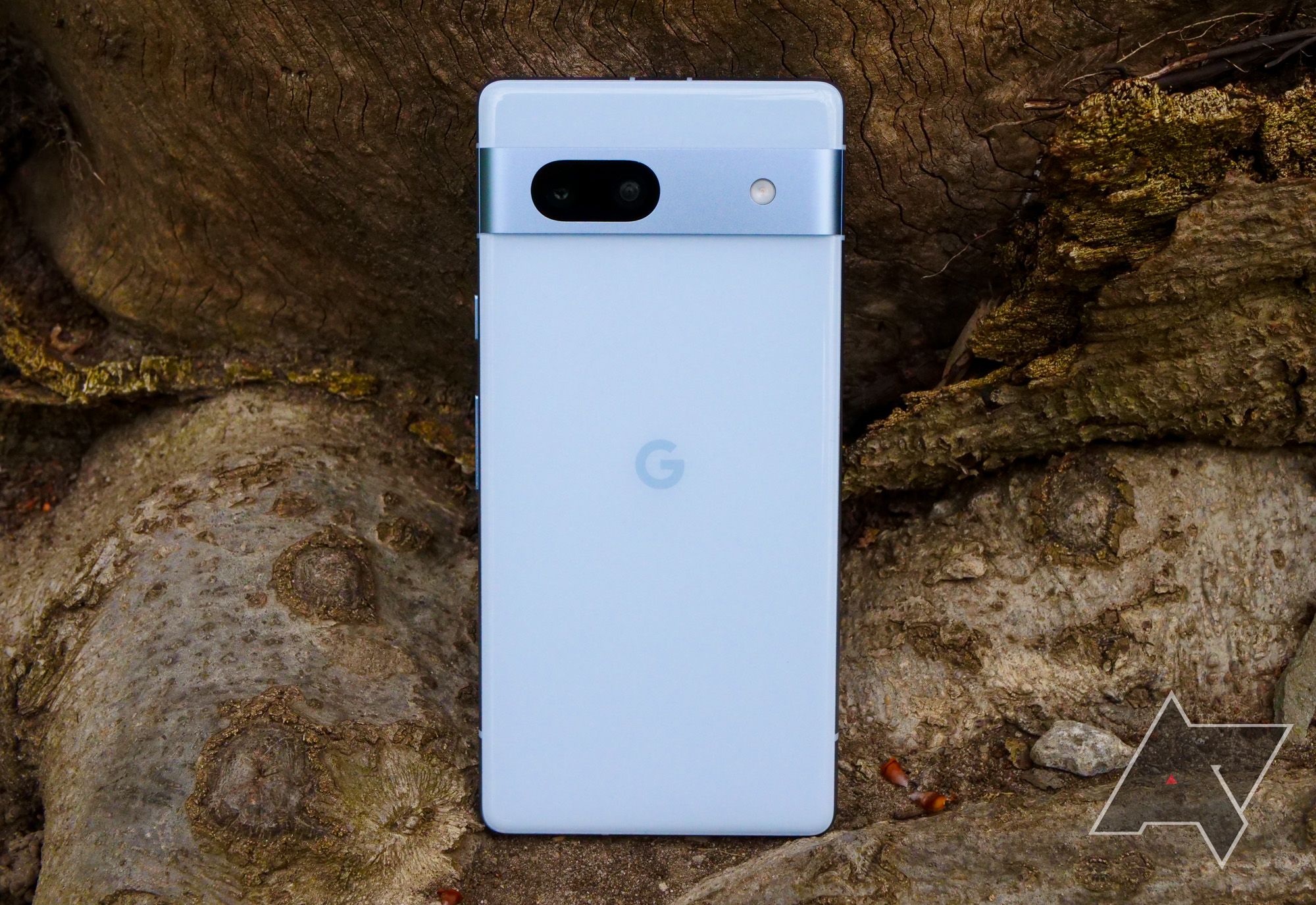
Google Pixel 7a review: If déjà vu were a smartphone
This year’s A-series is more like its flagship counterpart than ever before — for better and for worse
Cosmetically, we had a few gripes with the overall cheaper look of the phone when compared to the Pixel 7 and Pixel 7 Pro, but when you factor in the new and amazing 64MP camera, three guaranteed OS upgrades, and intuitive UI, the Pixel Fold 7a becomes one of the best mid-tier offerings for Android devotees. However, if you decide to go the way of the 7a, we recommend going with a fresh install instead of a data transfer.
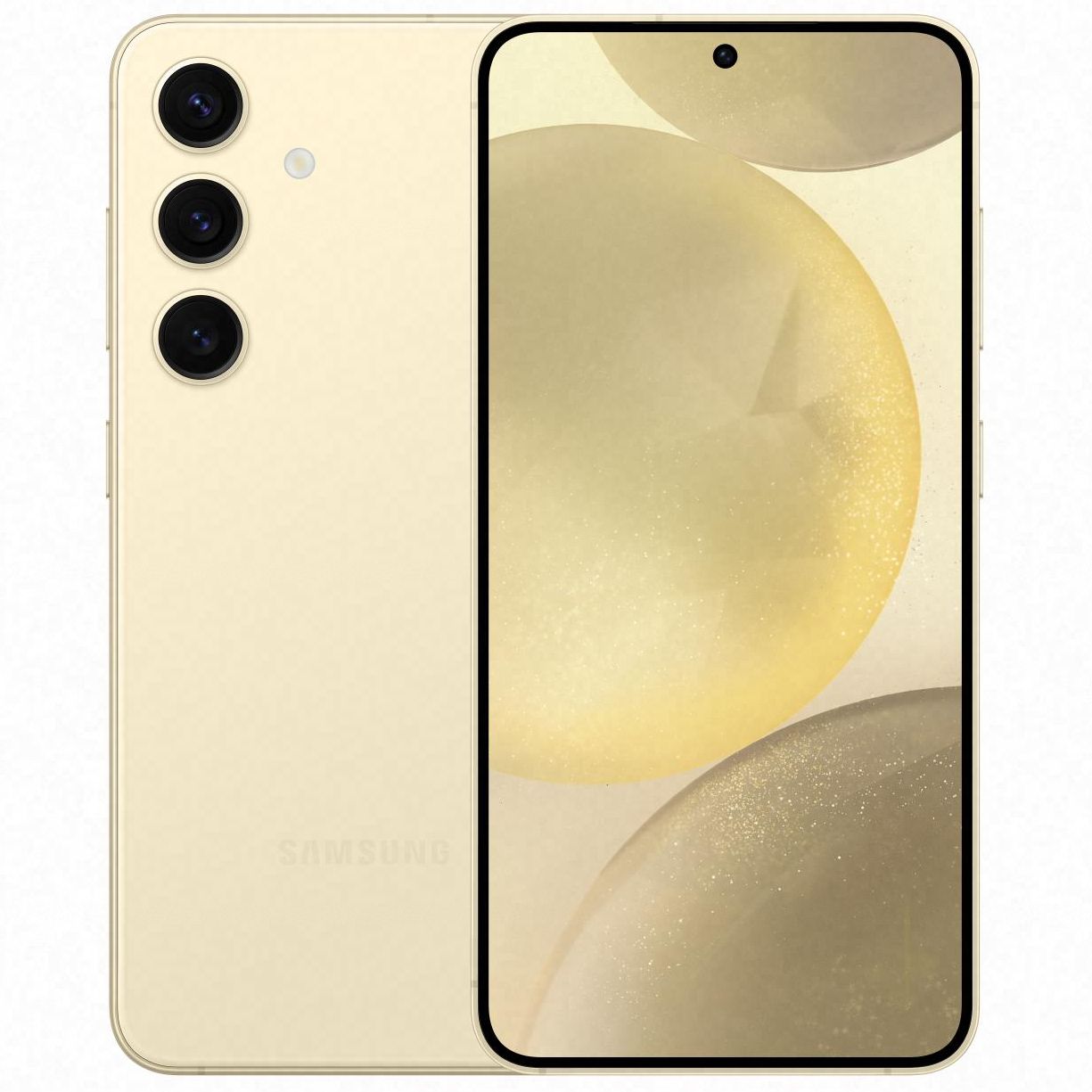
Samsung Galaxy S24
For small phone enthusiasts
If you hate the trend of big phones and want the most compact eSim device available, then the Samsung Galaxy S24 is for you. It has a beautiful display, great performance, and surprisingly good battery life. It does the important things right, making it easy to overlook its slower charging speeds.
- Compact design
- Snapdragon 8 Gen 3 is very powerful
- Great battery life
- Cameras struggle with motion
- slow-charging speeds
If you are like me and dislike the industry’s trend of producing bigger phones, then you owe it to yourself to check out the Samsung Galaxy S24. It’s easily the most compact device on this list, measuring just 147 x 70.6 x 7.6mm and weighing just 167g.
Even at this compact size, Samsung somehow managed to cram a 6.2-inch Dynamic AMOLED display into it. With a 2340 x 1080 resolution, 120Hz refresh rate, and 2600 nits of peak brightness, you can expect big things from this display. It’s a real pleasure to look at and use.
Samsung didn’t pull any punches in the performance department either. It gets the same Snapdragon 8 Gen 3 processor that the Ultra uses, although the RAM does drop to 8GB. It’s still an absolute powerhouse and should have no trouble doing anything you could want from it. Samsung also managed to get a 4,000mAh battery into this thing, which should provide eight or more hours of screen time.
The Galaxy S24 comes with a triple camera setup consisting of a 50MP f/1.8 main camera, a 10MP f/2.4 telephoto camera with 3x optical zoom, and a 12MP f/2.2 ultrawide camera. It’s a highly capable camera system that produces some great shots. Unfortunately, it also suffers from the same issues as the S24 Ultra when trying to capture moving images.
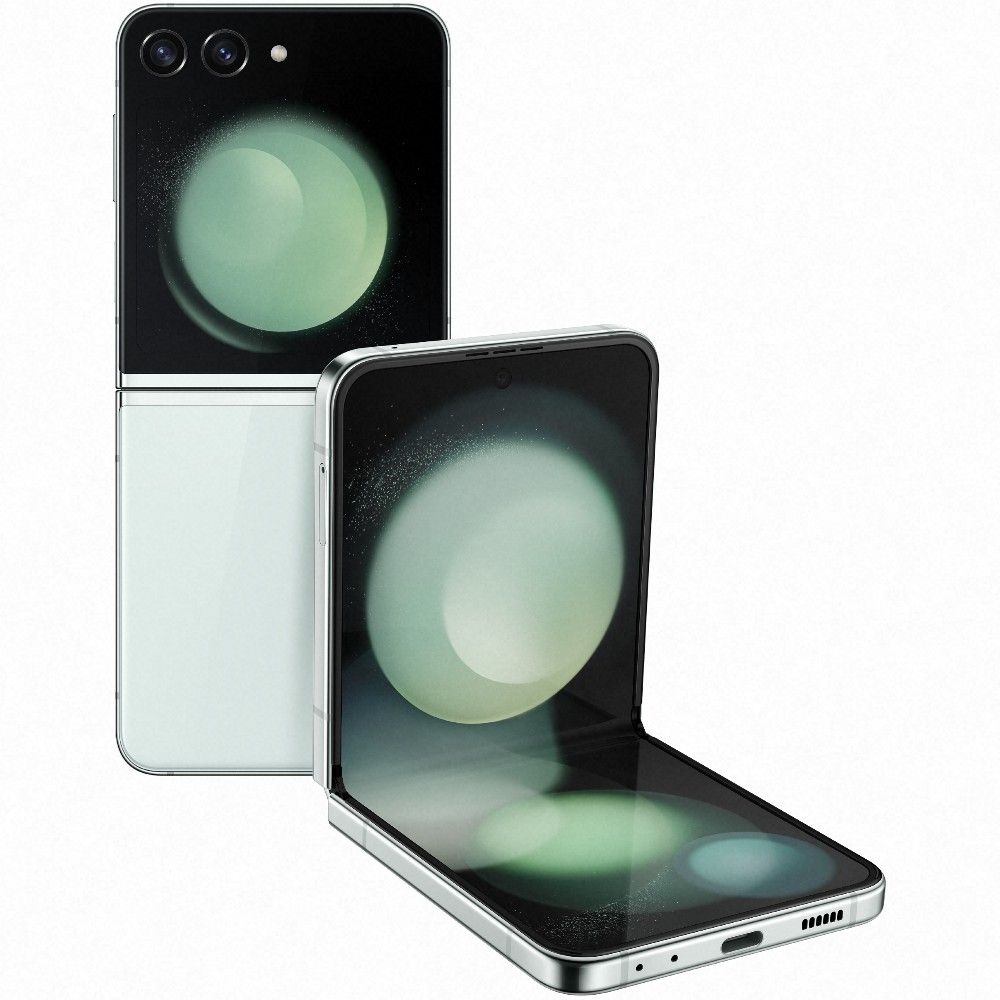
Samsung Galaxy Z Flip 5
Samsung brings the hinge
Similar in size and performance to the Flip 4, the Samsung Galaxy Z Flip 5 makes some much-needed changes to the Android phone’s outer display, as well as new features like a full QWERTY keyboard for the front-facing screen.
- Smooth performance
- Improved outer display
- One of the best entry-level flip phones
- Battery life is so-so
- A bit bulky when collapsed
- Only 60Hz refresh rate
Building upon the rock-solid foundation of the Z Flip 4, the Samsung Galaxy Z Flip 5 doesn’t take too many steps away from the previous generation. Perhaps the biggest difference is the larger 6.7-inch OLED display, which brings back the tried and true adaptive 120Hz refresh rate. But there’s also a little boost in the overall performance with the improved Qualcomm Snapdragon 8 Gen 2. Android 13 and OneUI 5.1.1 run buttery smooth, with everything from app-loading to watching YouTube videos getting a nice level-up.
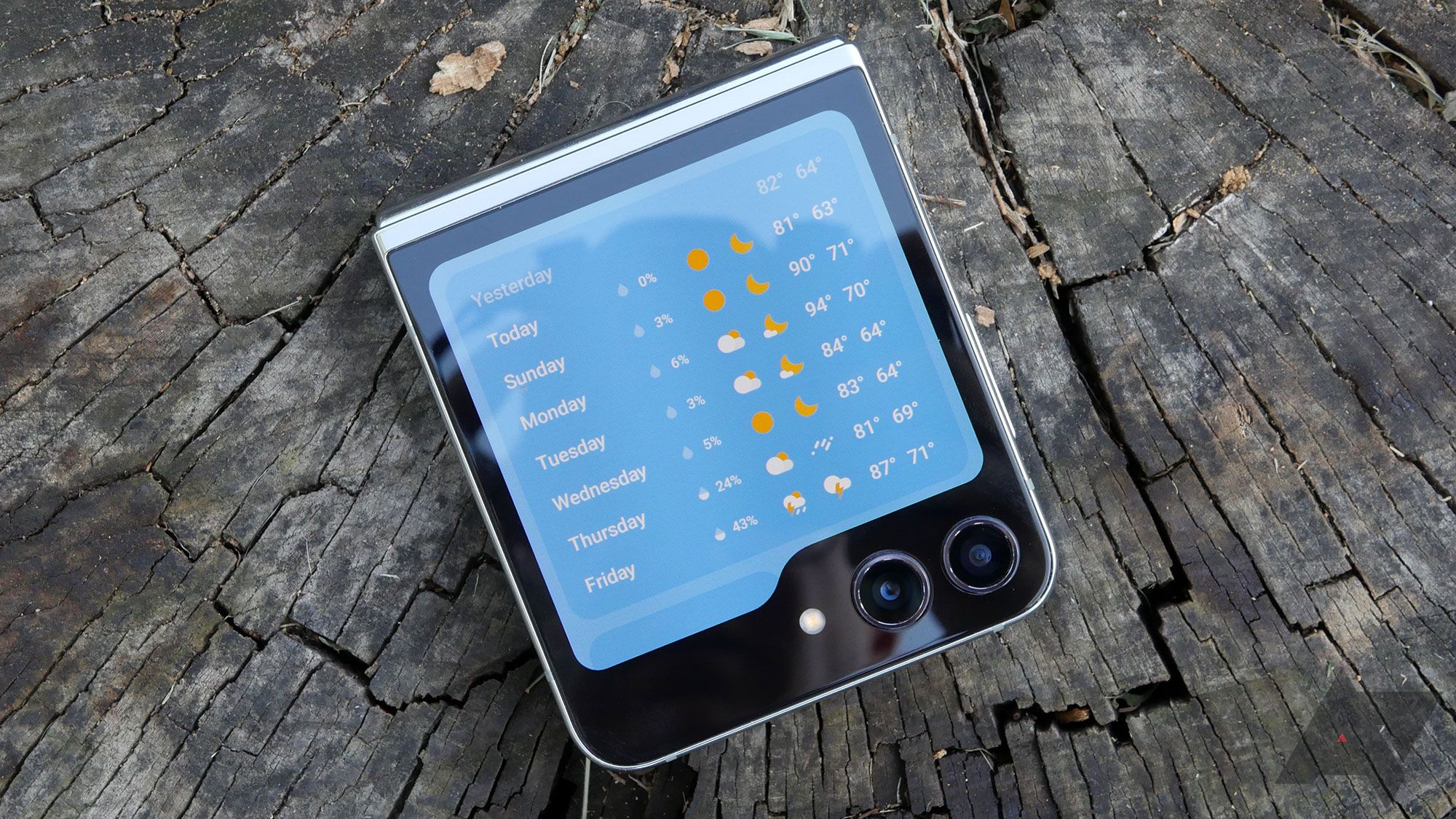
Samsung Galaxy Z Flip 5 review: Flex Window for the win
A slightly larger cover screen makes all the difference in the world
Going toe to toe with the Motorola Razr+ 2023 is no easy feat, but the Samsung Galaxy Z Flip 5 may be our preferred flip-screen device that also happens to be eSIM-compatible.
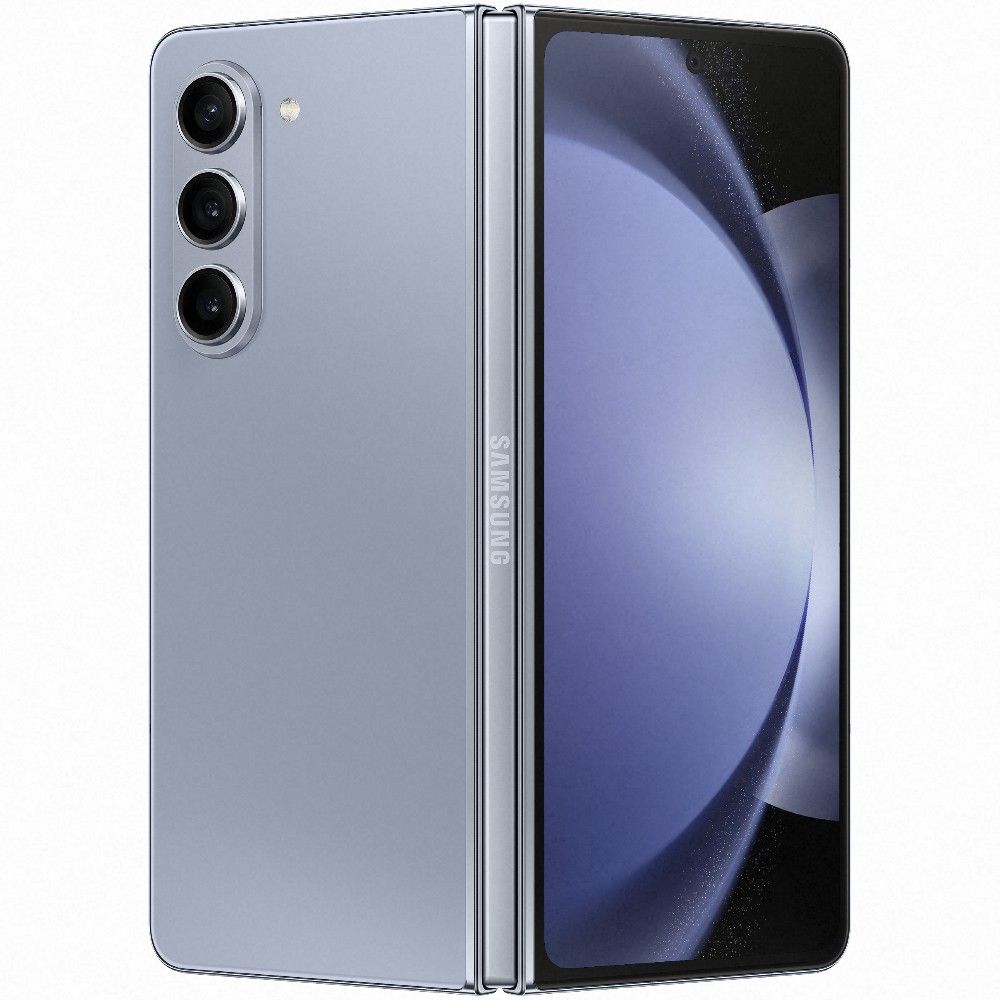
Samsung Galaxy Z Fold 5
One of Samsung’s finest
The Samsung Galaxy Z Fold 5 doesn’t exactly aim for the stars when it comes to next-gen ingenuity, but the slimmer chassis and processor upgrade make it a reputable eSIM-ready phone as they come.
- Pocket-friendly design
- Solid battery life
- Great OneUI improvements
- Very expensive
- Not many improvements over the Fold 4
- Lackluster 25W charging
For $1,800, the Samsung Galaxy Z Fold 5 is definitely the best Android-powered foldable on the market. Sure, the latest generation doesn’t bring any sweeping changes when compared to the Z Fold 4, but why fix what isn’t broken? This time around, we are working with a smaller device chassis. At 13mm thick, removing that gap between the two closed halves of the Fold was a genius move on Samsung’s part.
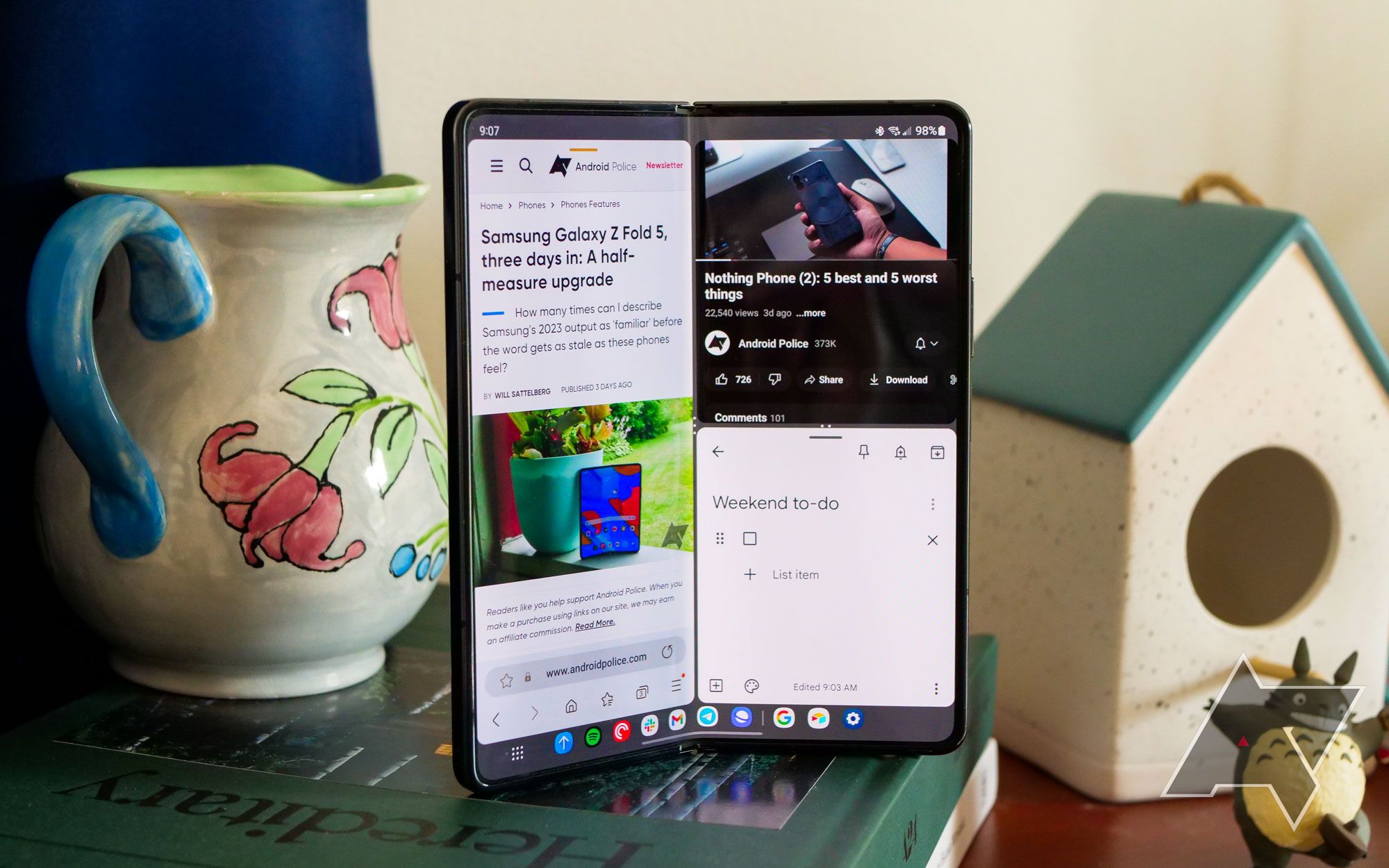
Samsung Galaxy Z Fold 5 review: Polished to a sheen
With more competition than ever before, Samsung chooses to coast
Running on the Qualcomm Snapdragon 8 Gen 2 chip, Samsung’s OneUI 5.1.1 brings some awesome changes to the app switching and multitasking departments, with new abilities like being able to view up to four recent apps from the taskbar. It’s not the cheapest eSIM-ready phone out there, but if you’re looking to net some extra screen real estate, the Galaxy Z Fold 5 is a solid bet.
Your next eSIM-compatible phone
If you want your next phone to be an eSIM-compatible Android phone, it’s hard not to suggest the Pixel 8 Pro. Google’s shining achievement shows how smooth the Android experience can be when incredible AI features, like Call Screening and Hold for Me, take center stage. Plus, Google’s computational photography prowess makes snapping photos on the Pixel 8 Pro a blast, often returning truly incredible results.
We’re also big fans of everything Samsung has to offer, and the inclusion of eSIM on devices like the Z Flip 5 and Z Fold 5 bodes well for Galaxy devotees. The Galaxy S24 Ultra is a top-tier device that does just about everything perfectly. The Pixel 8 is for those who want a great alternative flagship, but don’t want to spend an arm and a leg to get it.
But we get it: Not everyone can afford the major price tags that brands like Google and Samsung demand for some of their eSIM gear. That’s why phones like the OnePlus 12R are great alternatives to the big-ticket stalwarts. Sure, you may not get the same kind of camera performance and suite of features as an Android-powered flagship, but the OnePlus 12R more than covers the rest!

Google Pixel 8 Pro
eSIM the Google way
The Google Pixel 8 Pro, is a great all-around device that was built to please just about everyone. Solid performance, good battery life, great cameras, and a top-tier display are all hallmark traits of the Pixel 8 Pro. It also gets seven years of OS updates, making it one of the most well-supported Android devices on the market.




